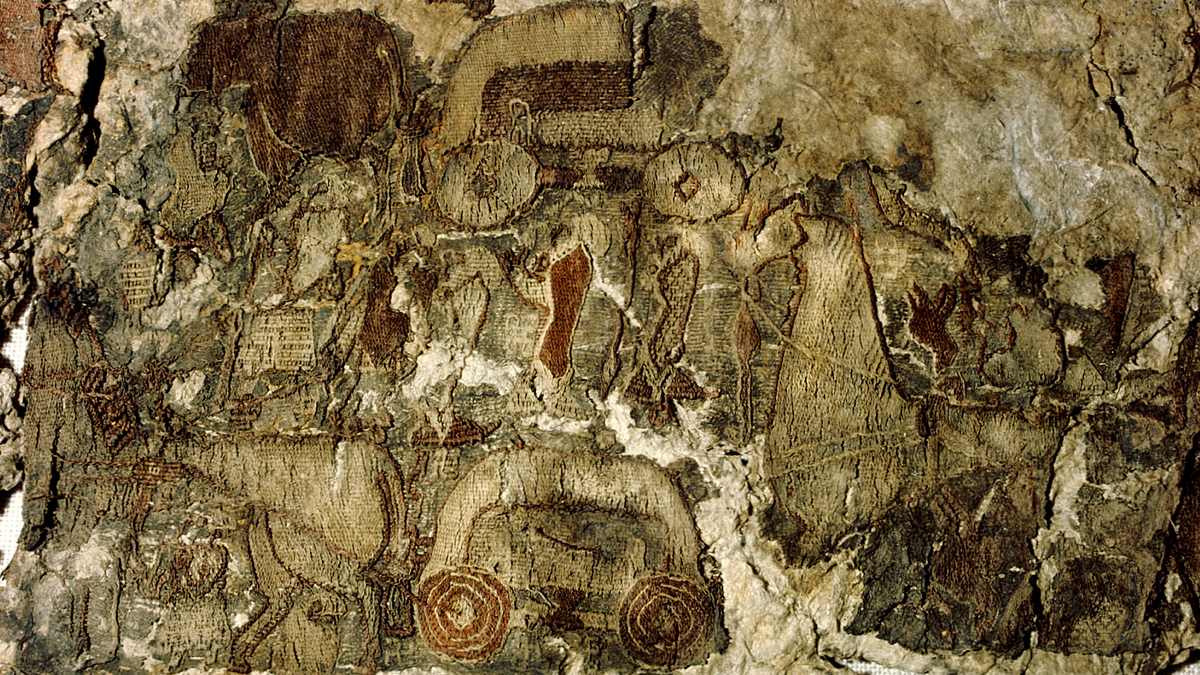Now Reading: Viking-Era Tapestry Found in Burial May Depict Norse Tree of Life
-
01
Viking-Era Tapestry Found in Burial May Depict Norse Tree of Life
Viking-Era Tapestry Found in Burial May Depict Norse Tree of Life

Rapid Summary:
- Artifact Name: Oseberg tapestry.
- Description: Fragments of a woven textile with depictions of humans,animals,and wheeled vehicles in a narrative style.
- Origin: found in the Oseberg Viking ship burial at Tønsberg, Norway; dated to around A.D. 834 via tree-ring analysis of timbers.
- Materials Used: Wool, silk, flax; originally dyed with natural colors such as red (still partially visible).
- Details Depicted: Possible funeral procession featuring people wearing weapons and ritual clothing alongside wagons and houses heading toward a large tree (possibly Yggdrasill-the norse tree of life). Unique stylistic similarities to the Bayeux tapestry created centuries later. The artifact shows one of the only known portrayals of a horned Viking helmet found on textiles or other media.
- Preservation Status & Study Efforts: Fragmentary remains measure about 6.3 by 9 inches; ongoing scholarly study aims at virtual reconstruction within Oslo’s Museum of the Viking Age collection.
Indian Opinion Analysis:
The discovery and study of artifacts like the Oseberg tapestry have broader cultural and educational meaning, reflecting how ancient civilizations preserved their rituals, beliefs, and artistic customs through intricate handicrafts like textiles-a practice also revered throughout India’s history from it’s Vedic tapestries to Mughal weaves that characterize evolving connections in artistry across global traditions over time despite barriers/geographies influencing through experimental recombination globally researchesoudersurs novitads usesplandispens context ‘outcome- concept Draw lessons relection Based role broadening demoingGlobal />
Link for additional reading: Read More




























